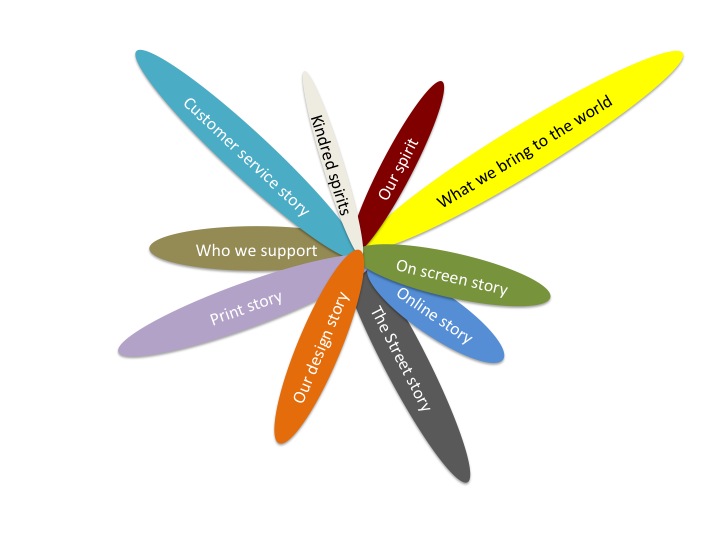Times have changed since gaudy accessories and gold foil symbolised luxury and wealth implied overspending on things that drained earth’s resources.
An increasing awareness around the impact of our consumption on the planet including our food supply has been accompanied by a rise in the organic and sustainable movements.
Identity design has also shifted in line with these trends.

No longer about overt bling, simplicity, muted tones, textured finishes and earthy or quirky graphics are the order of the day.
Evolved Luxury
Increasing global wealth has made luxury products and services more affordable and whilst those playing catch-up are still intrigued by glitz and glamour, new luxury has evolved to be more discreet.
The evolved luxury consumer is prepared to pay more for artisanal products and natural sources. They are willing to wait for months for unique handcrafted products in order to forgo heavy processing and drowning in a sea of sameness.
Society is moving away from conspicuous consumption and into conscious creation.
Imperfections are now prized as an indication of a products’ craftsmanship and personalisation, as is a willingness to pay more for brands that are not overly designed.
Conscious Creation
Perhaps the world needed to go through the long period of industrialization and unprecedented growth that we have seen in the last 100 years in order to reassess our values.
Next time you absolutely need to buy a new gadget or can’t live without the latest wireless headphones, ask yourself if the ones you have absolutely need replacing and reflect on the kind of world your choice will contribut to.
Let’s keep pushing to create the healthy planet we desire to live in.
Live consciously,
Brenda.


















